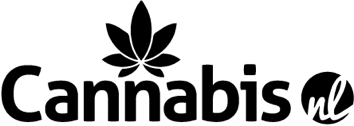What is Cannabis?
The Basics
Cannabis is best known for its psychoactive effects, which are primarily attributed to the cannabinoids it naturally produces. The two most famous cannabinoids are THC (tetrahydrocannabinol) and CBD (cannabidiol), both of which interact with the body’s endocannabinoid system to produce a range of physical and mental effects. While THC and CBD are the most well-known, cannabis actually contains over a hundred different cannabinoids, each with its own potential effects.
Cannabis products are available in many forms, including dried flower, pre-rolls, vapes, concentrates, edibles, beverages, oils, capsules, and topicals. The experience someone has when consuming cannabis can be influenced by many factors, including the strain, dosage, and method of consumption. Since the same dose can affect different people in different ways, it’s always important to start low and go slow when trying cannabis for the first time, or when trying a new product. This approach helps ensure that you understand how various types of cannabis affect you personally.

Inhalation
Smoking or Vaping
Approximate Onset: Few Seconds
Approximate Duration: 1-4 Hours

Sublingual
Dissolved under tongue
Approximate Onset: 10-20 Minutes
Approximate Duration: 2-4 Hours

Ingestion
Eating or drinking
Approximate Onset: 30 minutes - 6 Hours
Approximate Duration: 4-10 Hours

Topical
Applied externally on skin
Approximate Onset: Few Minutes
Approximate Duration: 1-2 Hours


